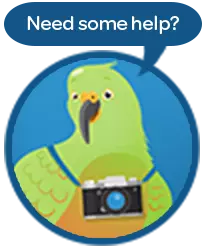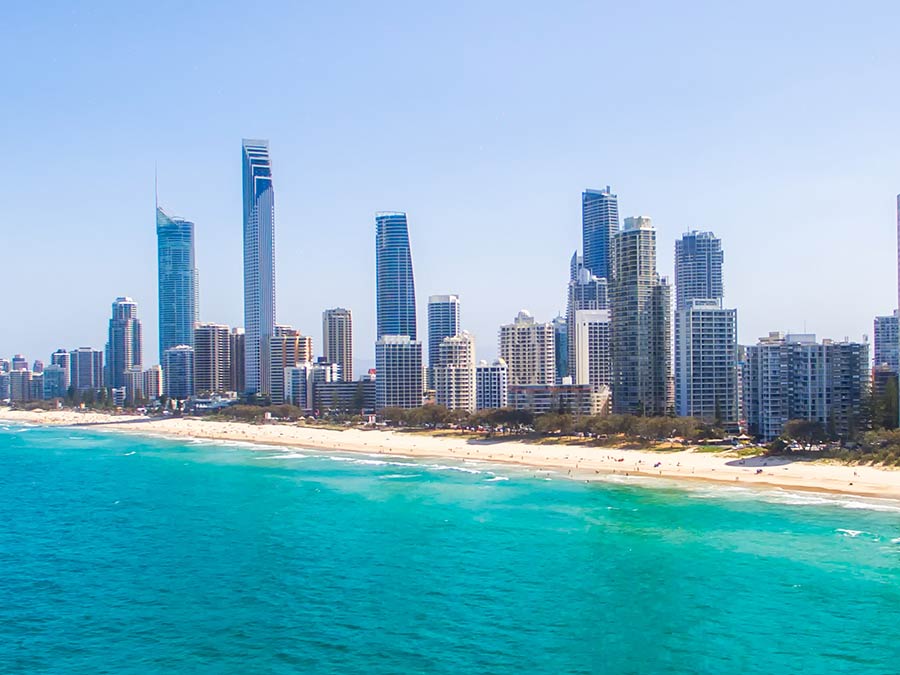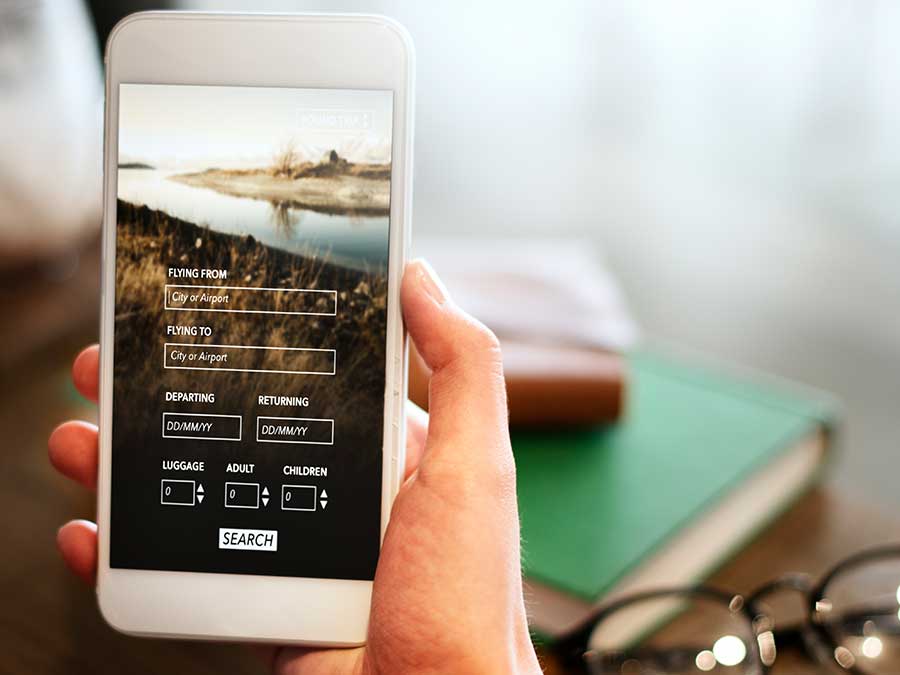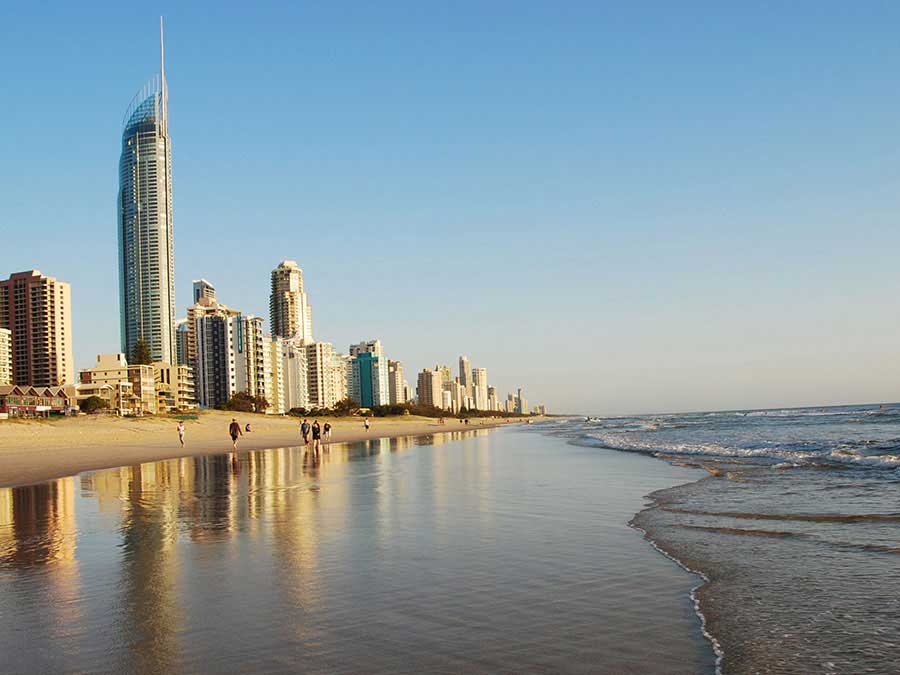
10 tips for planning your Gold Coast trip
Blessed with 300 days of sunshine each year, the Gold Coast attracts keen surfers, sophisticated foodies, adventure-seeking families and enthusiastic shoppers.
Why? Maybe it’s the fresh seafood or the highest concentration of theme parks in the southern hemisphere. Or perhaps they crave the Gold Coast’s gleaming coastline.
The Gold Coast delivers, no matter what type of holiday you fancy. This Gold Coast travel guide will help you sort out what to pack, how much to budget, and how to make the most of your time in the sun.
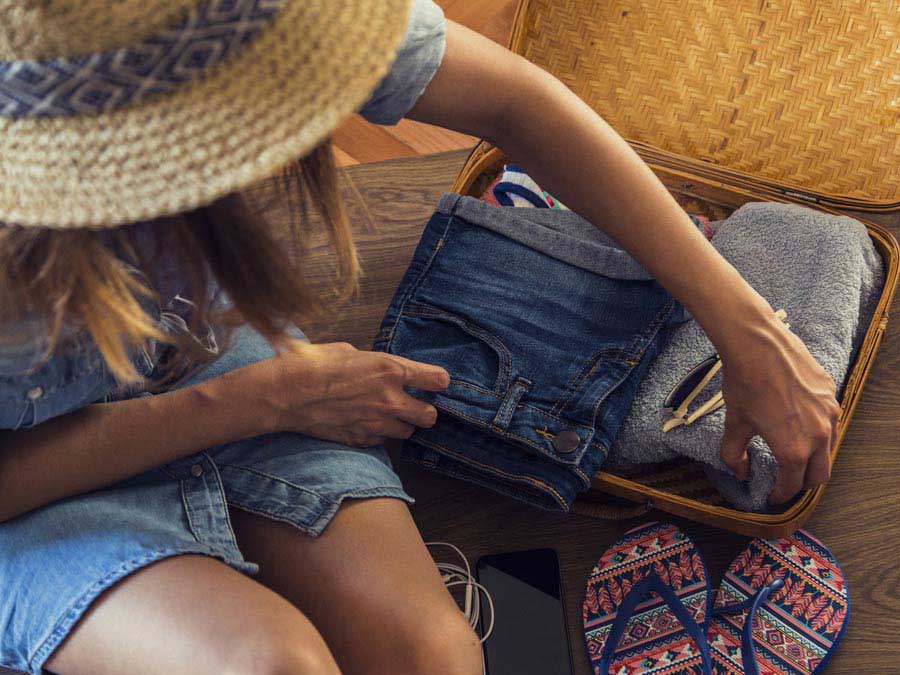
1. What to pack
With such a wide range of activities and nightlife, it might be overwhelming deciding what to pack for your Gold Coast trip. For a comprehensive look at packing, review our ultimate travel checklist. For some Gold Coast essentials, take a look at the list below.
Beach gear
Pack your swimsuit, a pair of jandals and a rash top for your time at the beach. If you plan on spending many days in the sun, consider packing a sun protection suit with a UPF50+ rating, especially for the kids. Alternatively, wear a rash top over your swimsuit, particularly if you plan to spend a lot of time in the water where sunburn may be more likely to occur.
The sun in Australia can be intense, so caution should be taken when spending time outside to avoid sunburn. Choose a high factor sunscreen and frequently apply it when you’re outdoors. Consider packing zinc cream for your face for better protection against UV rays.
Even with your rash guard and sunscreen, it’s wise to top it off with a wide-brimmed hat. If your favourite hat doesn’t fit well in your luggage, plan to purchase one upon arrival. An authentic Australian Akubra hat makes a great, practical souvenir!
Footwear
Between the rainforests, theme parks and sightseeing, it goes without saying that a good pair of walking shoes is a must! For tramping down to the pool or walking on the beach, pack a pair of thongs. And if you plan on participating in any water-based activities, consider bringing a pair of sandals designed for walking in the water and on rocks.
Clothing
If you plan to visit the Gold Coast outside of the summer months, it may be worth packing some autumn pieces for the evening, when the temperatures can be cooler, as well as your beachwear and summer outfits. There’s also a thriving dining and bar scene on the Gold Coast, so pack a few dressier outfits if you’re planning to make a night of it.

2. What to organise in advance
Your itinerary
While it’s not necessary to plan every hour of the day, it’s helpful to have an idea of some the key activities you’ll be doing each day. This will help you to sort out transport, accommodation and places to eat. Consider using a travel app to keep track of your itinerary details.
Event tickets
Don’t wait until the week before your holiday to book tickets to concerts, sporting events and shows. Start booking early to cash in on the best seats and deals, and to avoid disappointment if events are likely to sell out.
Accommodation
Book accommodation early, and you may find more options at lower prices. The Gold Coast offers all kinds of places to stay, from hostels and apartments to B&Bs and luxury resorts.
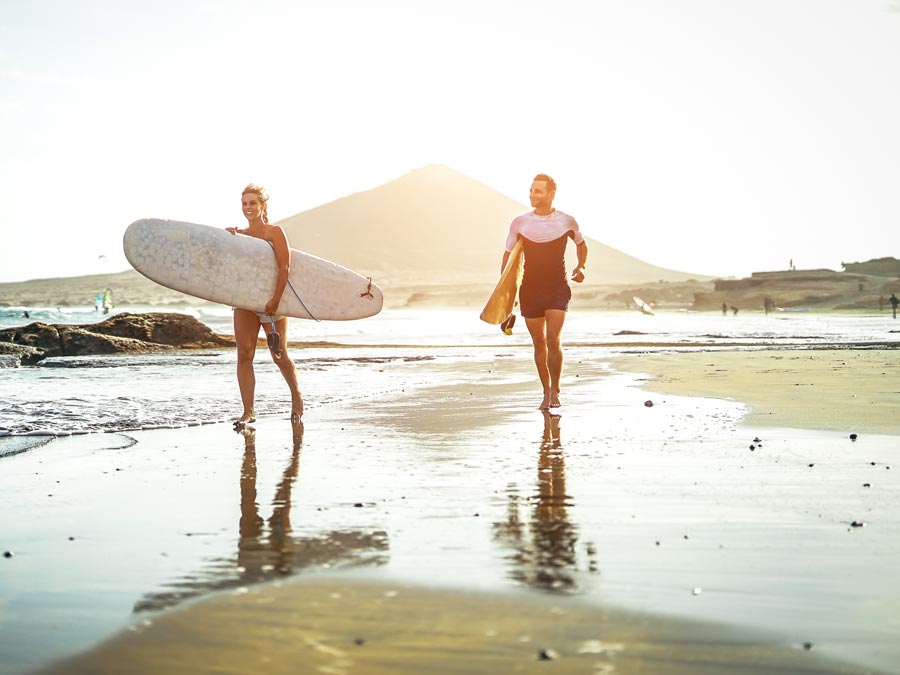
3. What to budget
Whether you’re saving up for your next trip or you’re ready to splurge, you’ll be able to find accommodation, activities and dining options to meet your needs. The following costs* will give you an idea of daily costs to help you budget:
- Backpacker-style budget: plan on $65/day
- Mid-range budget: $157/day
- Luxury budget: $350+/day
4. When to go
For some destinations, holiday timing is everything, but at the Gold Coast, travellers can enjoy this sun soaked region all year round. With spectacular weather, subtropical rainforests, countless city lights and thrilling water activities, there’s never a bad time to visit this stretch of coast.
That said, the “perfect” time for your trip all depends on you. Choose your favourite activities first, and then pick the best time of year for those activities. For instance, if whale watching is high on your priority list, plan your holiday between June and October. During these months, you have the best chances of glimpsing these impressive creatures during their migration. Or if you want to take the kids to a theme park, it might be worth avoiding the summer months so prices will be lower and queues for rides shorter.
Autumn (between March and May) is one of the more favourable times to visit, as the temperatures are more comfortable than the summer months and the oceans are usually still a pleasant temperature for swimming.
It’s useful to know that mid-November to early December marks the “schoolies” and festival period, when the Gold Coast is particularly crowded, and accommodation and activity prices tend to rise.
Also, consider timing your holiday to coincide with one of the Gold Coast’s many annual events. Let’s take a look at a few.
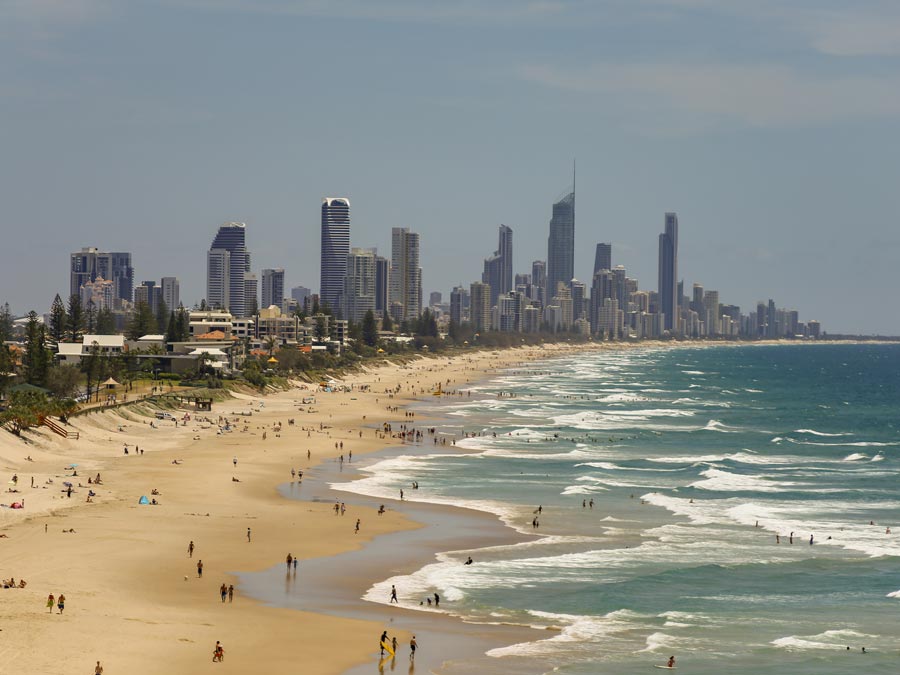
5. Annual events
Sand Safari Arts Festival
Marvel at magnificent sand sculptures during February’s Australian Sand Sculpting Championships in Surfers Paradise. This free event is the perfect way to celebrate the last days of summer before winter’s chill returns to the Southern Hemisphere.
Surfers Paradise LIVE
Every May, Australia’s music legends gather at Surfers Paradise for a four-day,completely free music festival. Join with other music fans for an exhilarating seaside experience. You’ll hear a few of your old favourites and learn about some of the newcomers to the Aussie music scene.
Seafire
In early June, Seafire turns Surfers Paradise into a playground of lights, music and non-stop entertainment. Seafire celebrates cultures from around the world. Sit on the beach and watch incredible pyrotechnic displays set to powerful music.
Burleigh Pro
No trip to the Gold Coast is complete without a surfing event. Plan your holiday in late January to catch the Burleigh Pro at Burleigh Heads. Watch some of the world’s best surfers take each other on head-to-head in a heart racing, spectacular competition.
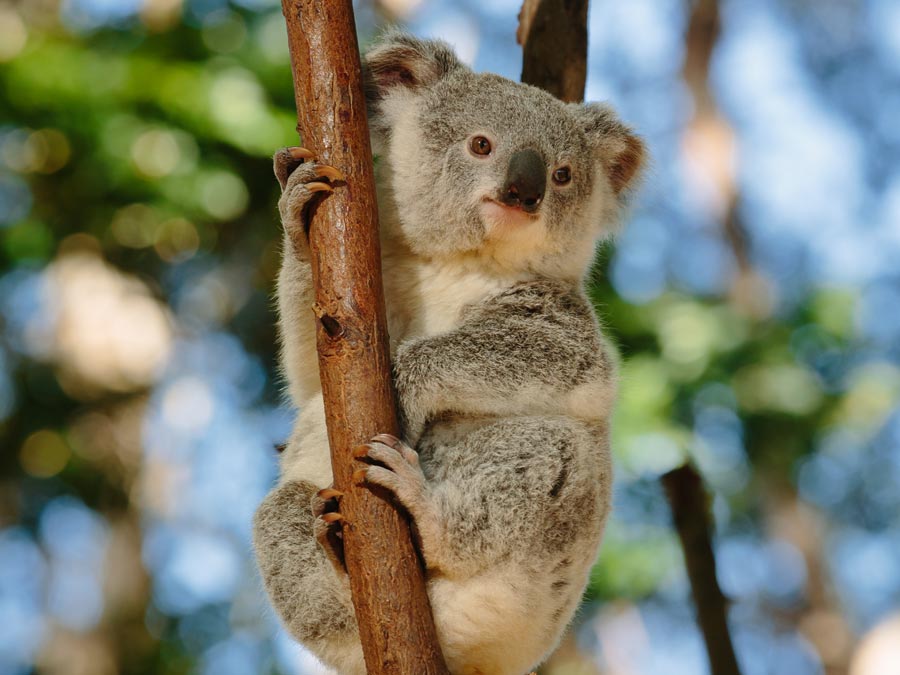
6. What to do on the Gold Coast
Take a surfing lesson
Visiting the Gold Coast without surfing would be like visiting Venice without floating down a canal. Sign up for a lesson, and tackle those waves! Whether you’re a first timer or experienced wave rider, nothing beats the incredible feeling of carving up a wave.
Admire the animals
Visit Currumbin Wildlife Sanctuary to discover Queensland’s most interesting creatures. If you prefer a more rural experience, spend a day at Paradise Country, a working tourist farm in Oxenford.
Chase the thrills
Ride thrilling roller coasters at one of the Gold Coast’s many theme parks. From Tower of Terror 2 to Superman Escape at Warner Bros. Movie World, you’ll never run out of walloping adventures.
Picnic in a national park
Queensland’s national parks and forests provide a peaceful, escape from the busyness of Surfers Paradise. Pack a picnic to share at Lamington National Park, or explore the picturesque rock formations at Natural Bridge, a spectacular area of Springbrook National Park.

7. Where to eat
All those activities will give you a hearty appetite, and fortunately, the Gold Coast offers a delectable array of tempting cuisines.
Start your day with a nourishing acai bowl (a smoothie topped with things like granola and fruits) at one of the Gold Coast’s wellness eateries. Brazilian acai has taken the Gold Coast by storm, with favourites like Niche & Co and Tugun Fruit and Flowers offering beautiful beachside bowls.
The tidal stretch between Surfers Paradise and Coolangatta isn’t just for surfing. Those glistening waters are also home to some of Australia’s most mouth-watering seafood. Explore restaurants, trawlers, seafood shacks and takeaway dives for Queensland snapper and house-made crab cakes. Some of the highest rated picks include the award winning Omeros Bros and Shuck.
And don’t forget the coffee. Anywhere in the city, you can follow your nose to a boujie speciality coffee shop, stocked with a signature flat white, a doppio espresso and french pastry.
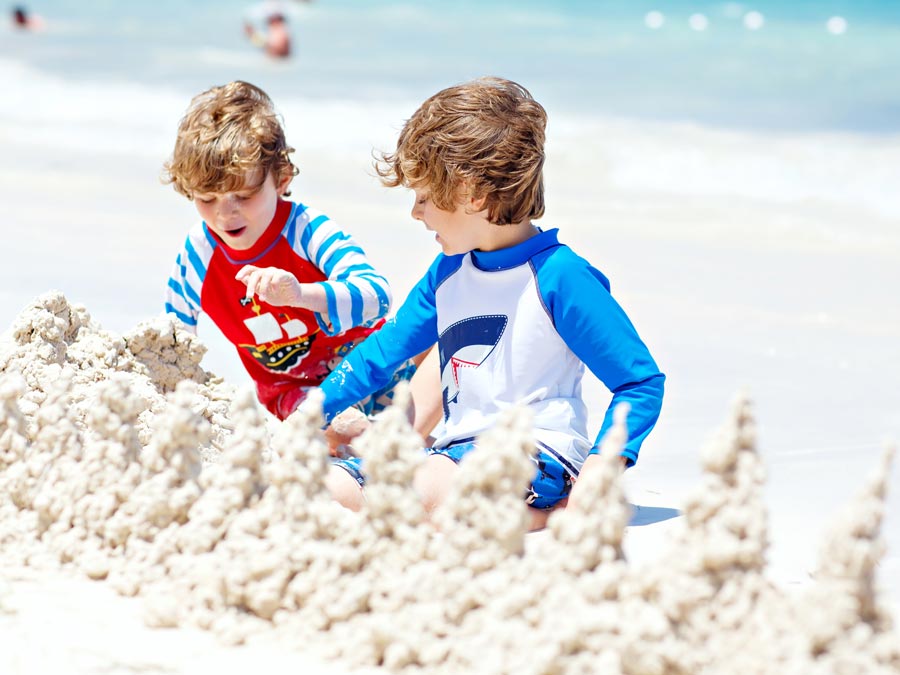
8. Travelling with the kids
Vacationing with the little ones? The Gold Coast is a dream come true for families with children. You can spend your time watching movie star film characters come to life in a street parade, or hanging upside down on a rollercoaster. The next day may find you building sandcastles in the glistening sand of Surfers Paradise.
If you plan on taking the kids to a theme park, pre-book your tickets for quicker entrance. Ask about family accommodation with shared bathrooms and other family-friendly features. Fill empty spots in your itinerary with energy-consuming fun like Aqua Splash and the BOUNCEinc Gold Coast.
9. Getting around
No matter where you find yourself on the Gold Coast, there are several transport options to help you explore.
- Buses: TransLink’s bus network connects all over town, including the airport, theme parks and beaches.
- Lightrail: Queensland Rail operates as part of TransLink’s integrated network, connecting major Gold Coast destinations.
- Ferries: Hopo Gold Coast Ferry transports passengers around the Gold Coast region via the impressive waterways connecting various locations.
- Cycles: Cruise the beaches on your own terms by hiring cycles for your stay. The city has incorporated on-road and off-road bikeways to help travellers navigate between the foreshore, parks and urban destinations.
- Car rentals: Expand your holiday by renting a car and day-tripping outside of the Gold Coast. With a rented car, you can explore as far and wide as you like, setting your eyes on the gorgeous countryside beyond the city limits.
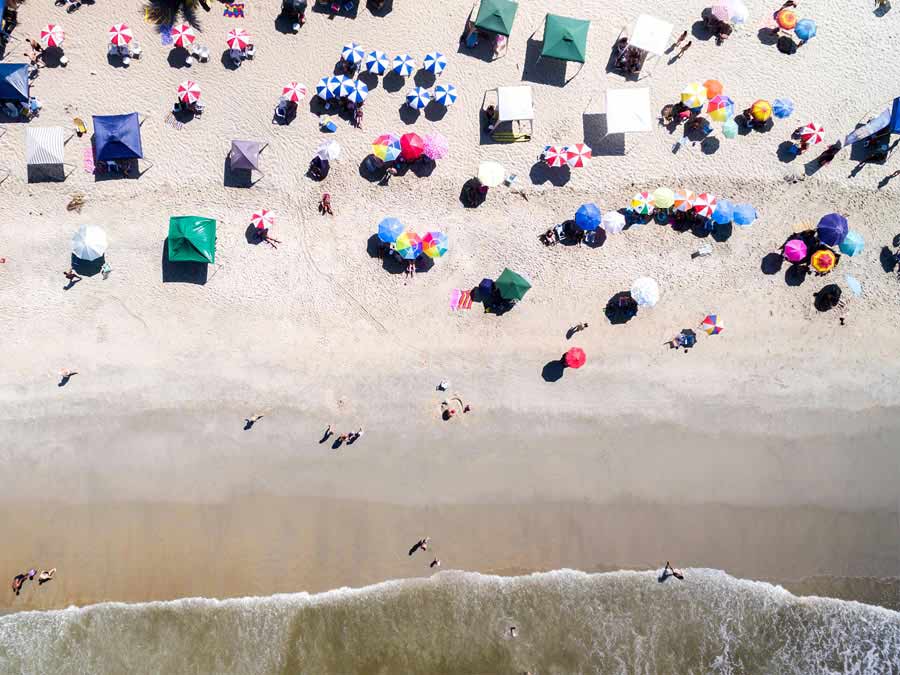
10. Beach safety
The Gold Coast boasts some of the world’s loveliest beaches, and you can stay safe and happy by following local beach safety guidelines, including:
Staying between the flags
Patrolled Australian beaches are always marked by two yellow-and-red flags. Lifeguards regularly evaluate the safety of the beaches and mark the safe areas, so stay between the flags at all times.
Knowing the warning signs
In addition to the red-and-yellow flags, there are also other flags that warn visitors about dangers in the ocean, such as jellyfish, rough currents and sharks. If you see a black-and-white flag, this means that board sports are not allowed at that beach. A red flag indicates that the beach is closed, usually due to strong currents, jellyfish or sharks. Yellow flags mean that the water should be avoided due to undertows or dangerous currents.
Stay in the shallows if you’re not a strong swimmer
Undertows can be strong on the Gold Coast, so be cautious regarding how deep you’re willing to swim and wade.
Visit the beach with friends
There’s safety in numbers, whether you’re in the water swimming with friends so you can keep an eye on each other, or whether someone is on the beach looking after your personal belongings while you go for a paddle.
Don’t underestimate the sun
For all the tips about jellyfish and undercurrents, the sun remains one of the most treacherous hazards on Australian beaches. Take sun protection seriously, and seek shade between the hours of 11am-2pm when you can.
Do you have any tips for planning a trip to the Gold Coast? We'd love to hear about them! Send us an email at stories@scti.co.nz and tell us more.
We won’t identify you unless you say we can, and we won’t use this information for any other purpose than marketing. If you’d like to access a copy of the personal information we hold about you, please send us an email at info@scti.co.nz.
The content of this article is general and provided for information purposes only. Southern Cross Travel Insurance (SCTI) doesn’t guarantee or warrant the accuracy, completeness or currency of the articles.
This article may contain hyperlinks to other websites owned or operated by third parties, or references to third-party products or services. SCTI isn’t responsible for and makes no recommendation about the content or accuracy of any third-party website, or for the suitability or performance of any product or service. The inclusion of a link in this article doesn’t imply that SCTI endorses the website or third party product/service.
*Source: Nomadic Matt
